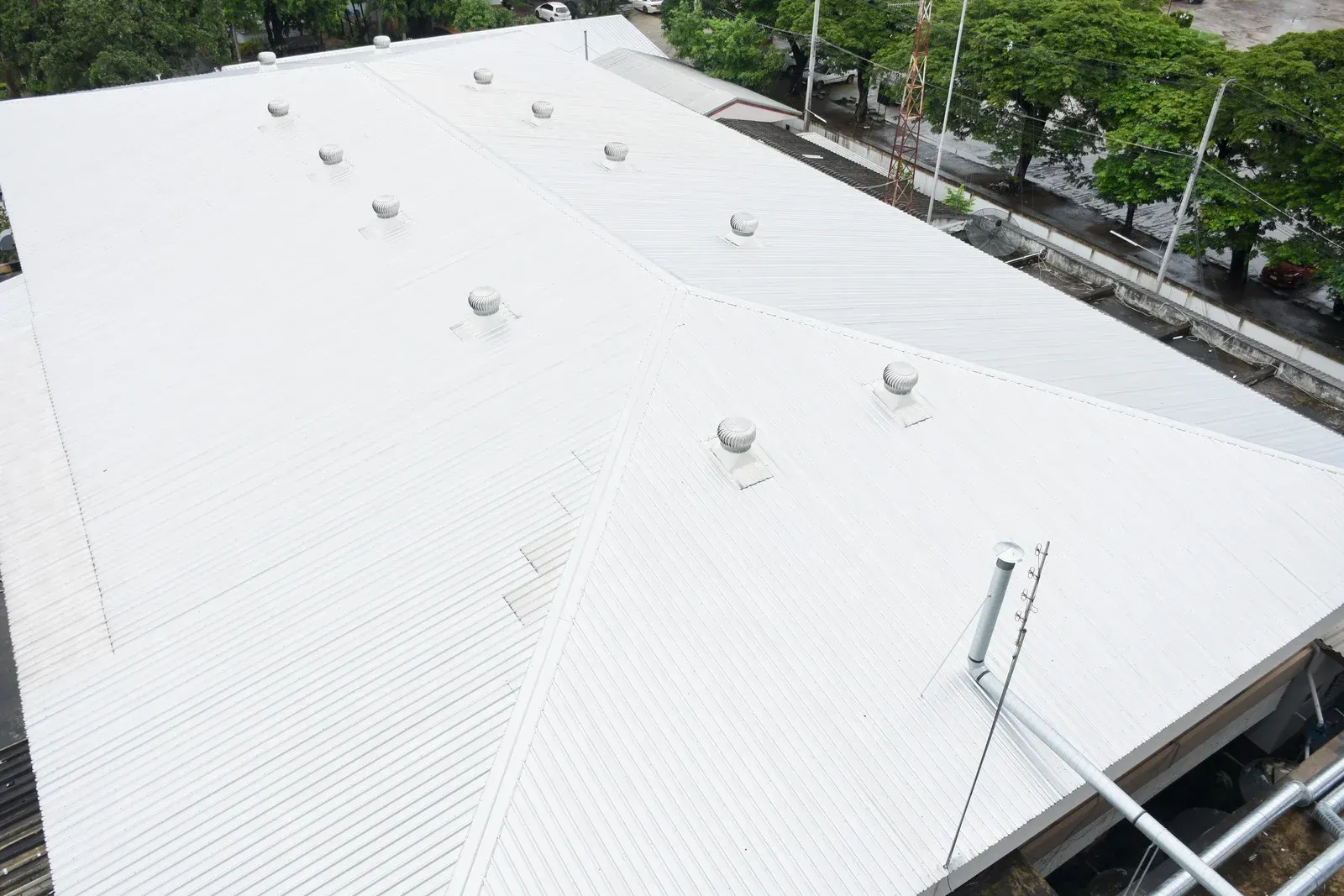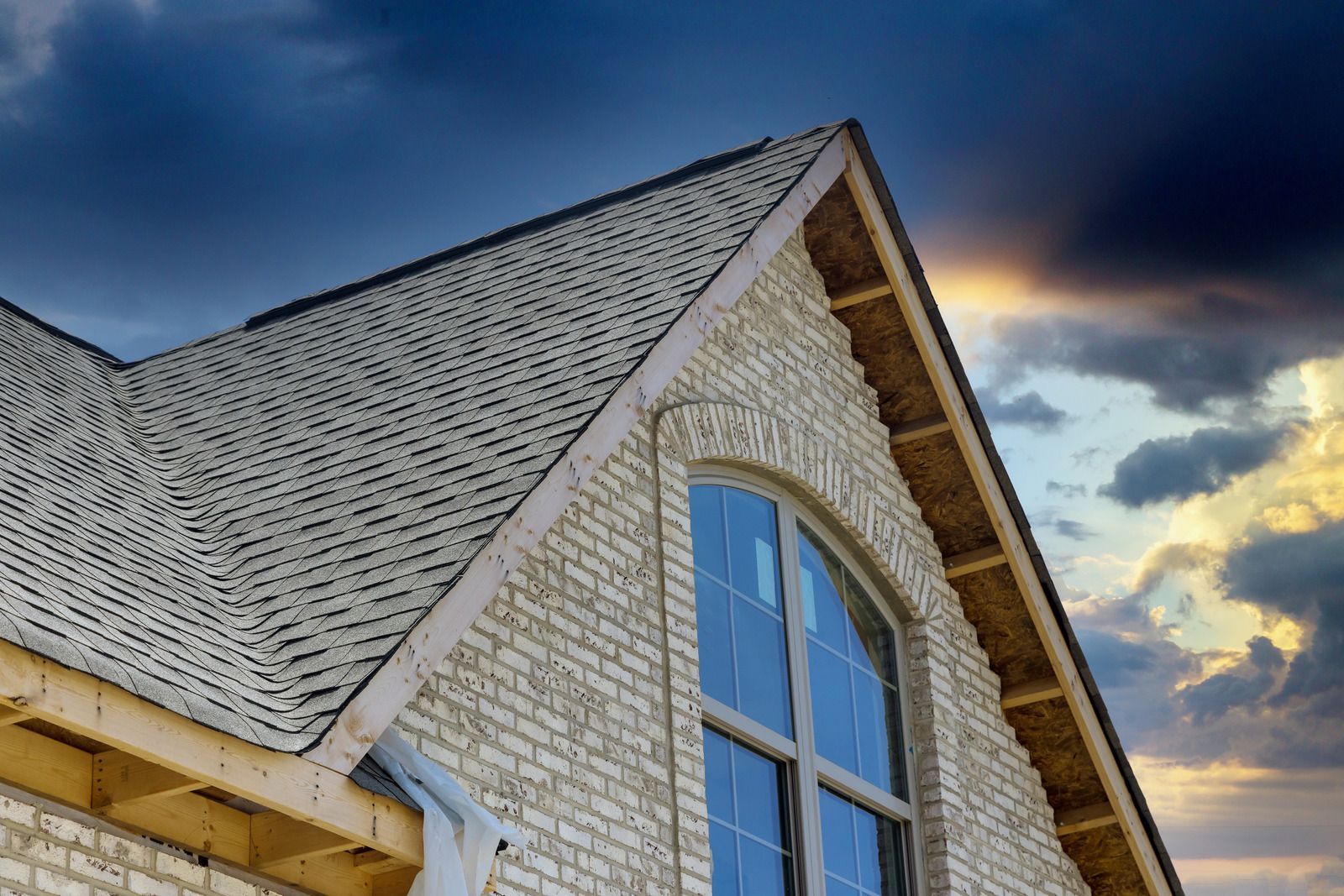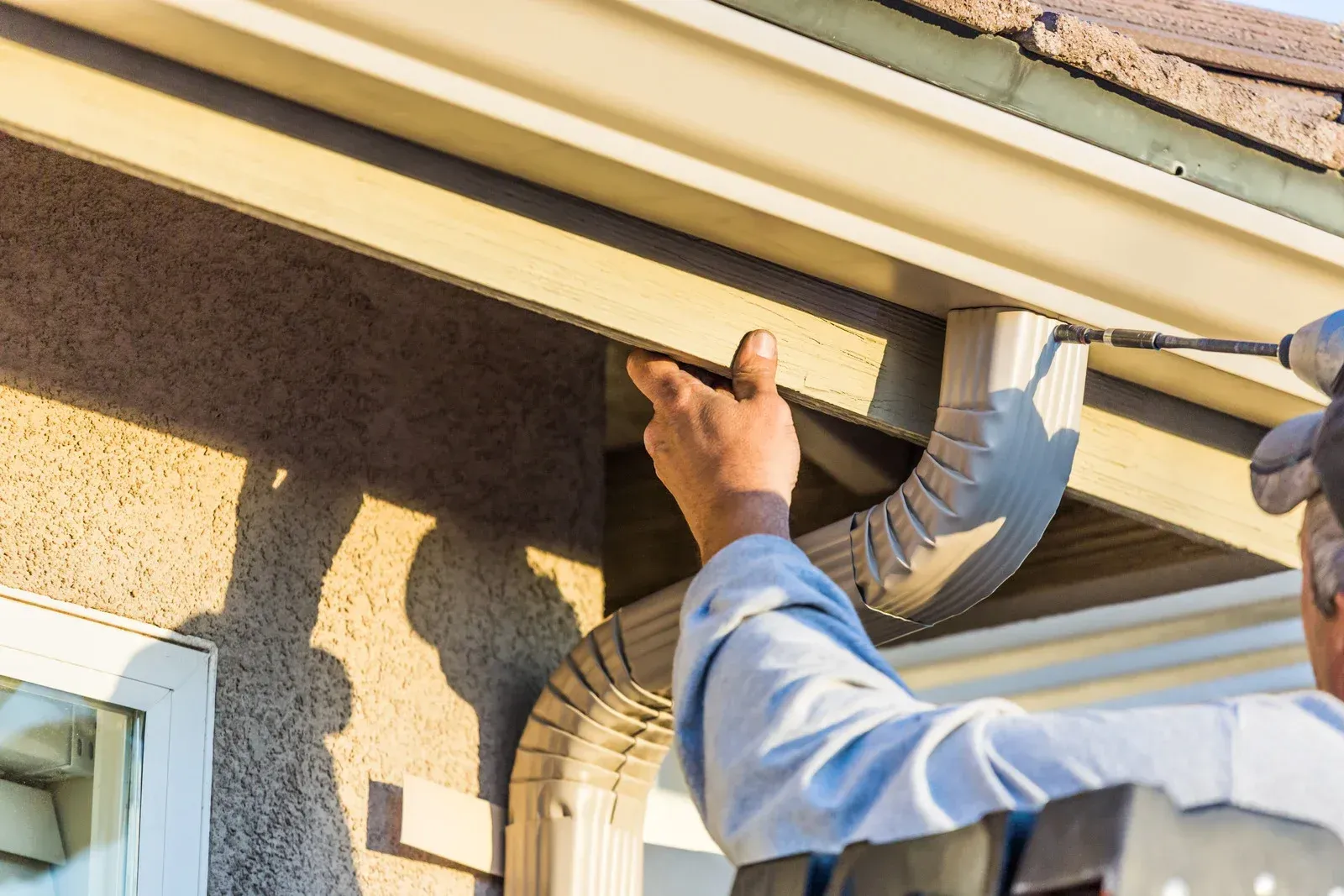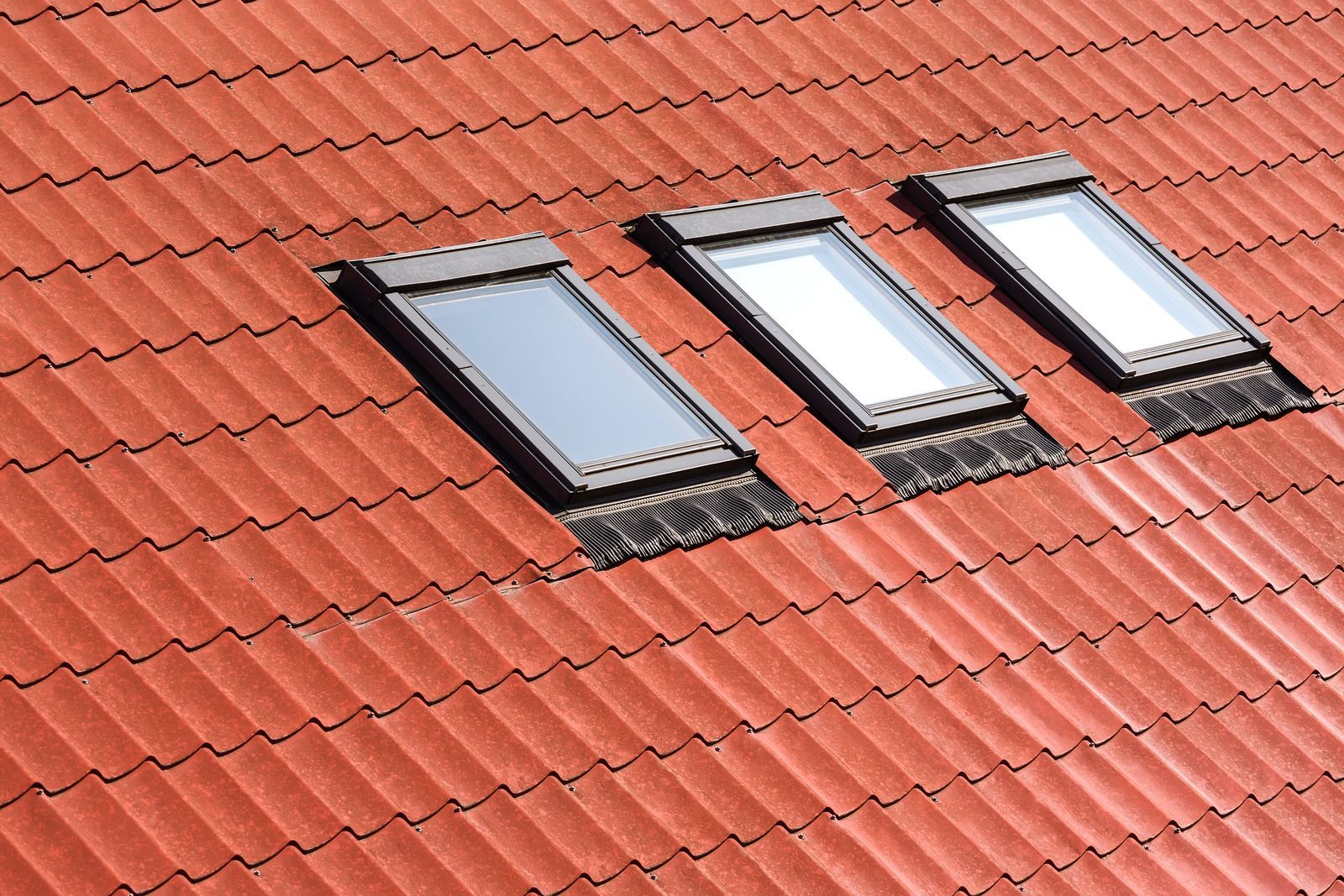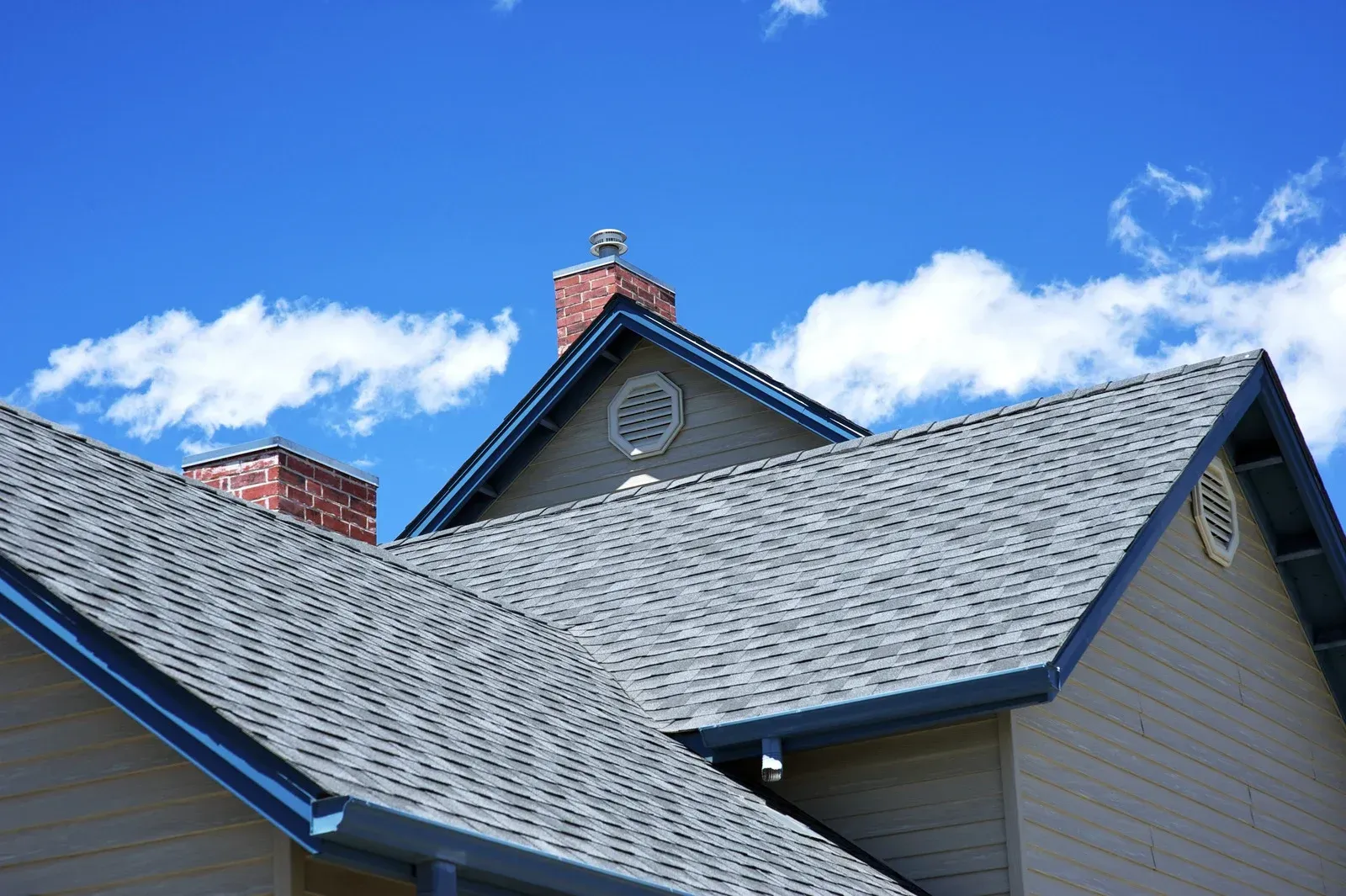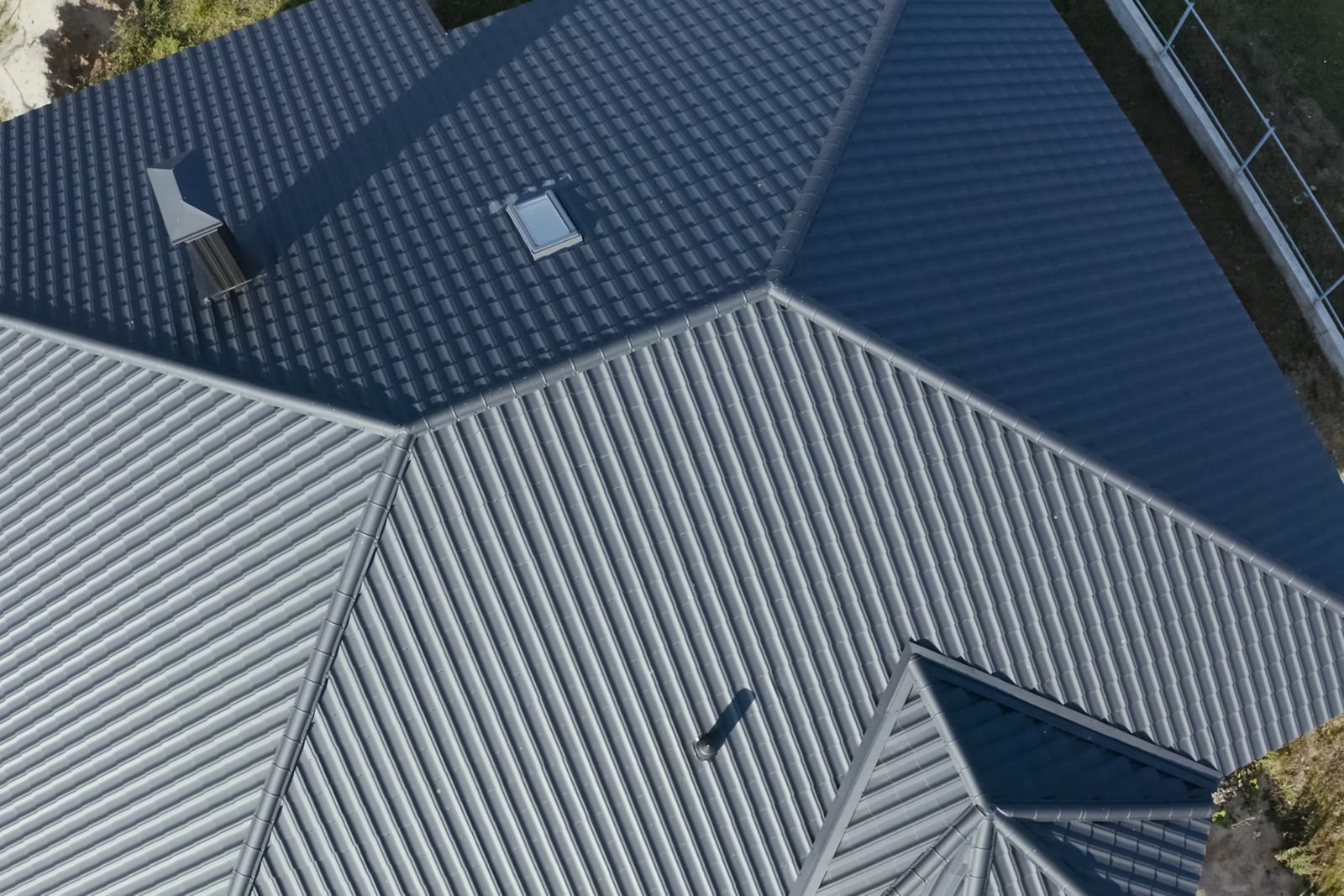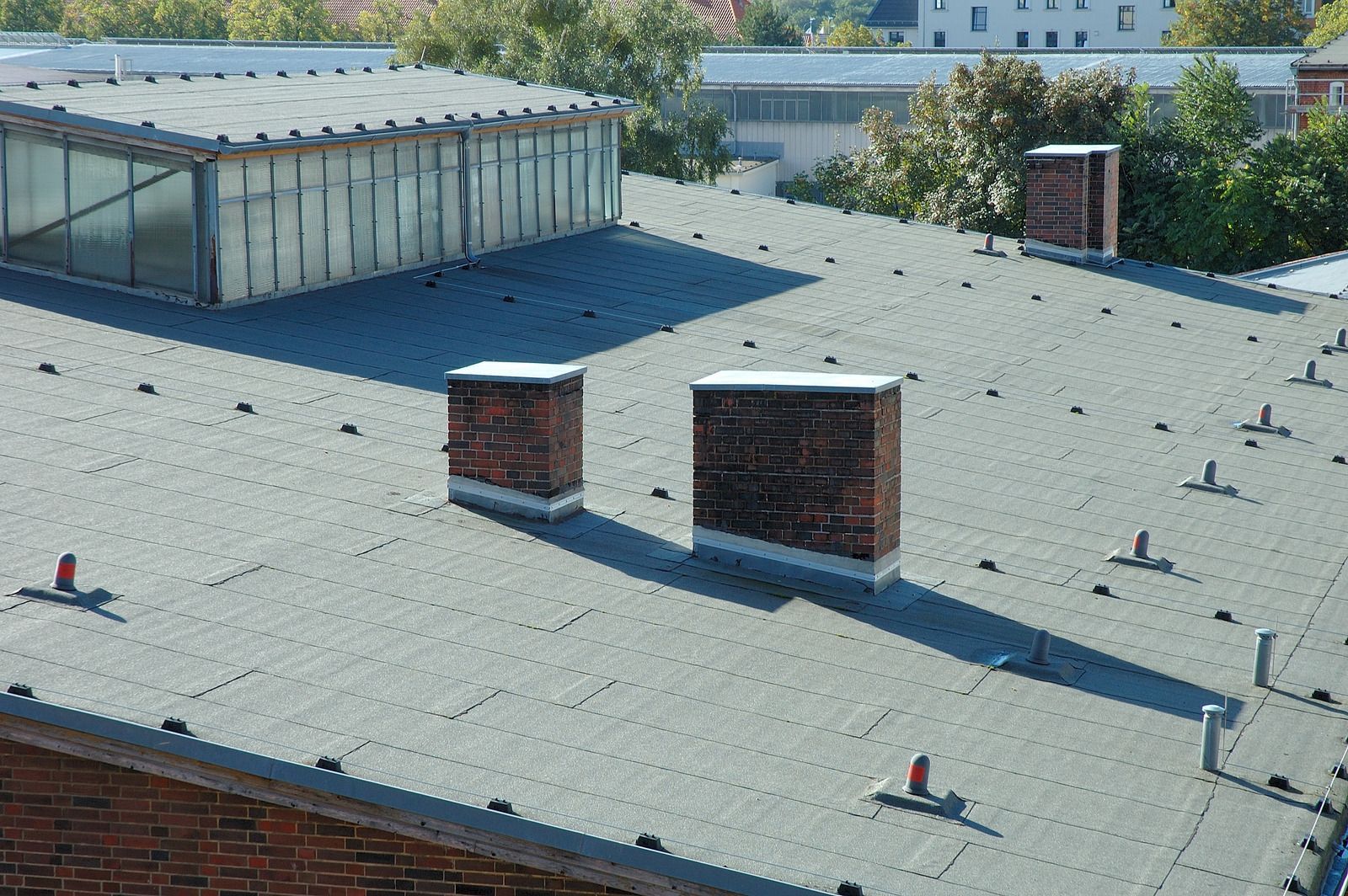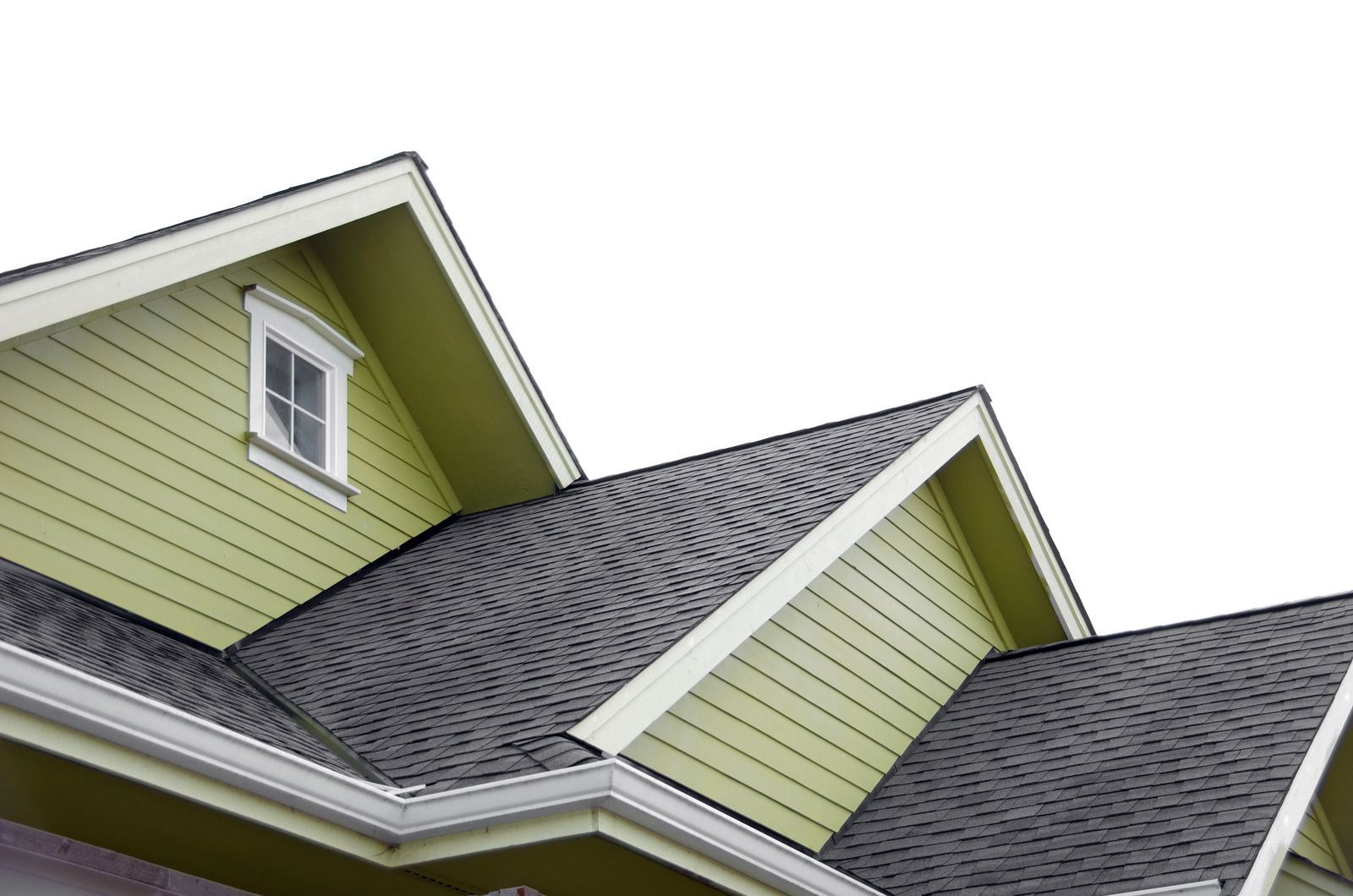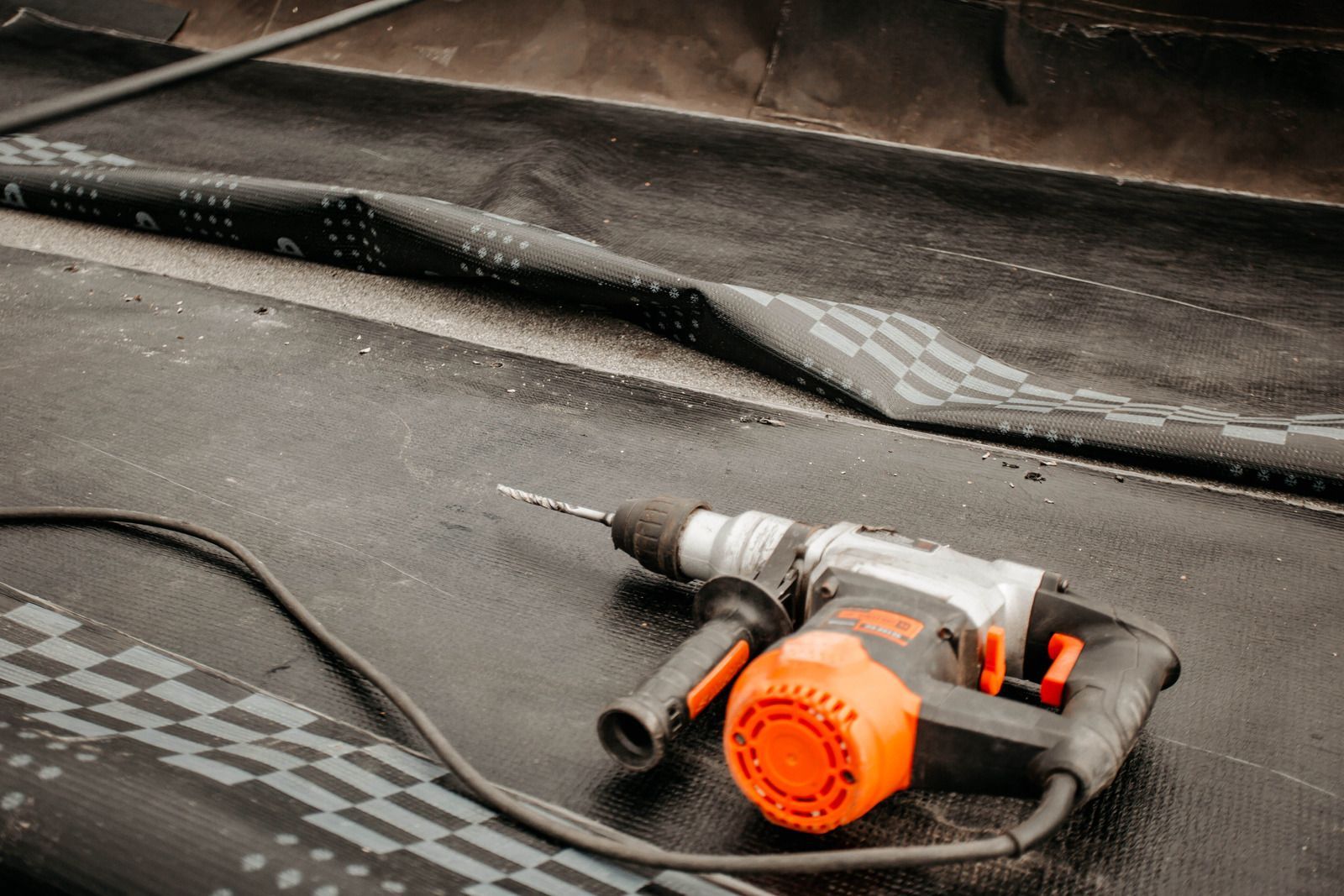How Can Snow Impact Your Flat Roof And How To Prevent The Damage?
Unfortunately, living in a colder climate means dealing with snow and ice. But did you know your roof can be susceptible to damage from all that winter weather? It's true – especially if you have a flat roof. Whether a snow day means the perfect opportunity to take advantage of a hot chocolate and movie marathon or the start of an avalanche of stress due to the threat of roof damage, one thing is for sure: learning how to protect your flat roof during winter is essential. Read on to find out how snow can impact your flat roof, what kind of damage it can cause, and most importantly – how to prevent it!
How Does Snow Impact Flat Roofs?
Flat roofs are prevalent for commercial and industrial buildings because they are cheaper to install than traditional pitched roofs. However, because flat roofs lack the pitch that allows snow and water to run off easily, they can be susceptible to damage from snow and ice accumulations. When the snow and ice weight becomes too much for the roof to support, it can collapse, causing significant damage to the property and creating a safety hazard for anyone inside.
You can do a handful of things to prevent damage to your flat roof from snow and ice. First, ensure that your gutters and drains are clear, so that melting snow and ice have a place to go. You should also regularly inspect your roof for cracks or holes that could allow water in and create an Ice Dam. Finally, if you live in an area where heavy snowfalls are common, it's a good idea to invest in a Snow Guard system to help keep the snow's weight evenly distributed across the roof and prevent it from suddenly sliding off in one large sheet.
What Are the Common Types of Damage From Snow?
One of the most common types of damage caused by snow is known as "ice dams." This occurs when the roof's edge begins to freeze, causing a dam to form. The dam prevents melted snow from draining properly, which can lead to leaks and other types of damage.
Another common type of damage caused by snow is known as "roof collapse." This occurs when the weight of the snow on the roof becomes too much for the structure to support, causing it to collapse. This type of damage can be very dangerous and should be immediately addressed by a professional.
If you have a flat roof, you must take precautions against ice dams and roof collapse. One ideal way to do this is to ensure that your gutters are clear and free of debris. This will allow melted snow to drain properly and reduce the risk of ice dams forming. You should also consider having a professional inspect your roof periodically to check for any signs of damage or weakness.
What Should You Do if There is Already Damage Done To Your Roof by the Snow?
If you have already noticed damage to your roof from the snow, the first thing you should do is remove any excess snow and ice. You can use a shovel or a broom to do this. Once the excess snow and ice are removed, you should inspect the area for leaks. If you find any leaks, you must repair them immediately to prevent further damage.
Conclusion
Snow is one of the most damaging forces to your flat roof. By knowing how snow can negatively impact your
flat roof and preventing this damage, you can effectively extend its life and save money in the long run. Keep an eye on nearby trees, install a heated cable system if possible, inspect after snowstorms for any signs of damage, address issues quickly before they become more significant problems, and consider a more versatile type of shingle or metal—these are all great ways to protect your flat roof from unnecessary harm caused by snowfall.

